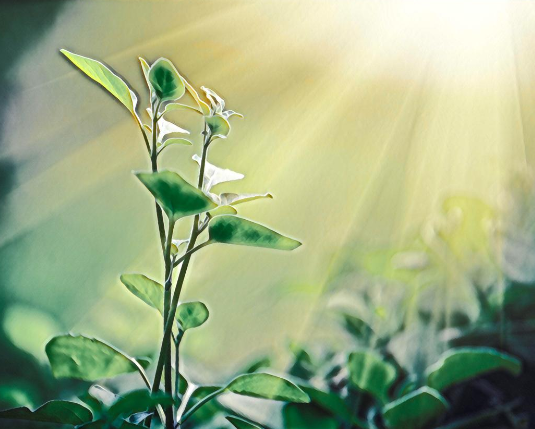 The cell is a thermal machine capable of generating energy at ambient temperature and pressure, a fundamental fact given the fragility of biological structures. Cells produce most of their energy through redox processes, in which the molecules acting as food are oxidized, losing electrons, which are gained by other molecules with an electron deficiency.
The cell is a thermal machine capable of generating energy at ambient temperature and pressure, a fundamental fact given the fragility of biological structures. Cells produce most of their energy through redox processes, in which the molecules acting as food are oxidized, losing electrons, which are gained by other molecules with an electron deficiency.
This gain or loss of electrons is generally carried out through the exchange of hydrogen radicals or hydride ions. The redox coenzymes FAD (flavin adenine dinucleotide) and NAD+ (nicotinamide adenine dinucleotide) are responsible for removing hydrogens from substrates, transforming into FADH2 and NADH.
The transfer of electrons between molecules releases energy, which is harnessed for the synthesis of ATP, an energy-carrying molecule that supplies energy to various cellular processes.
Living beings can be classified according to the way they acquire energy from the environment into autotrophs and heterotrophs. Autotrophs that obtain energy from the sun are called photoautotrophs, while those that obtain it from chemical substances are called chemoautotrophs. Heterotrophs obtain energy by degradation of organic chemical compounds.
There is a small group of living beings capable of obtaining energy both from the sun and from organic compounds, called photoheterotrophs (carnivorous plants and some prokaryotes).
Ultimately, most living beings obtain their energy from the sun. Photoautotrophs (photosynthesizing organisms) directly take energy from the sun to transform CO2 into sugars and other biomolecules, which in turn will be the energy source for heterotrophic organisms.
As an exception, some prokaryotic organisms capable of obtaining energy by oxidation of inorganic substances (H2S, NO2-, H2) can be cited, using it in the same way to convert CO2 into biomolecules.

